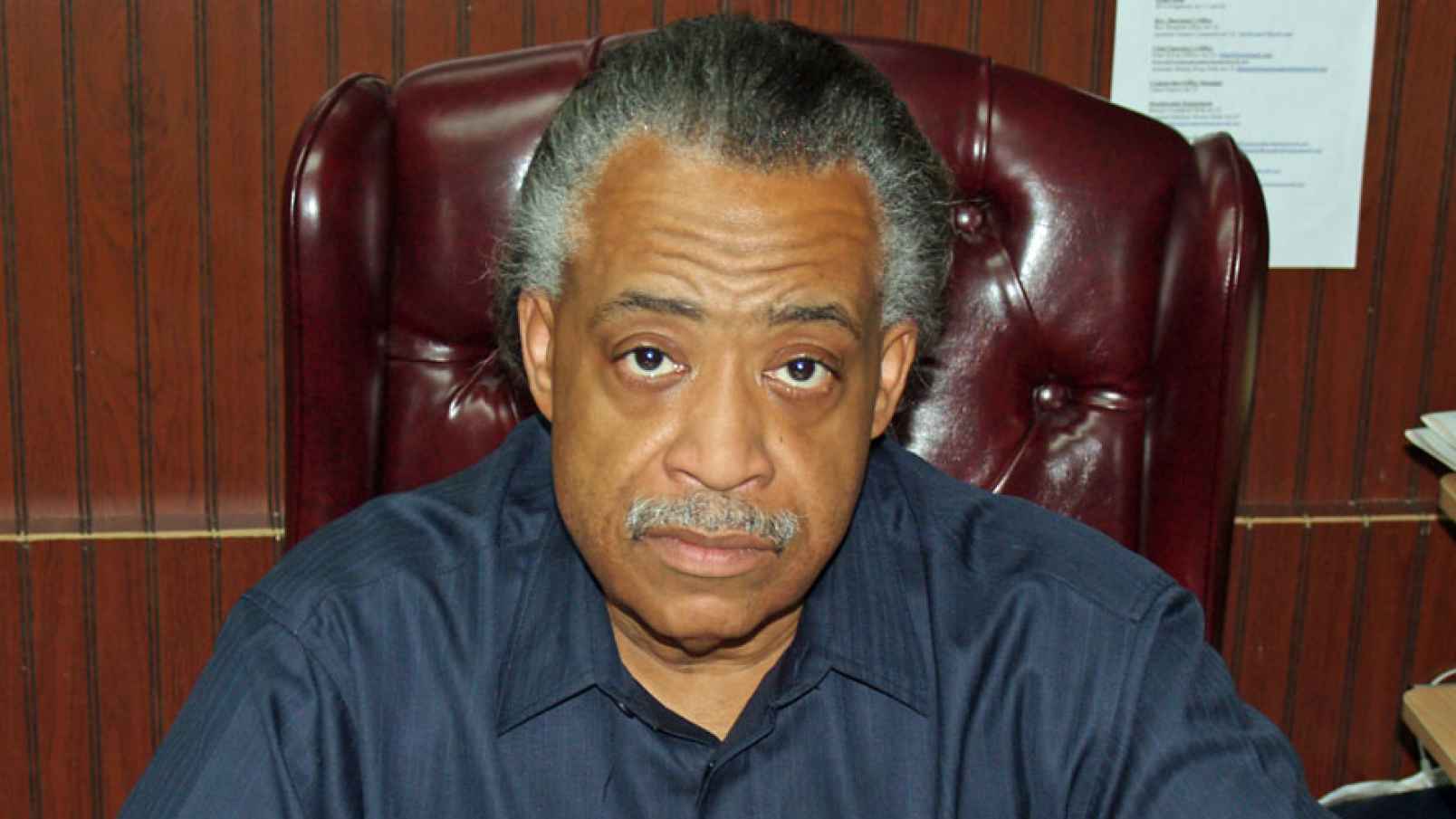Finally, An American President Stands up to Sharpton
An in-depth look at the “con man.”
Al Sharpton has been in the public limelight for just over 30 years – ever since he first burst upon the scene by promoting the fake story of a white-on-black gang rape in upstate New York in 1987. But not until now has America had a president with enough courage to tell the nation exactly what Sharpton is: “Al is a con man, a troublemaker, always looking for a score,” said Donald Trump on Monday. In response, Sharpton did the only thing he’s ever really learned how to do: He accused the president of harboring “a particular venom for blacks and people of color.” What a surprise. “Trump says I’m a troublemaker & con man,” Sharpton added. “I do make trouble for bigots.”
Let’s take a brief look at some of the career highlights of this self-anointed “troublemaker for bigots” shall we?
Supporting a Communist Front and Angela Davis
The February 9, 1971 edition of the Communist Party USA newspaper Daily World, noted that Sharpton had recently addressed a White Plains, New York rally in support of a CPUSA front group called The Committee to Free Angela Davis. At that time, the Marxist revolutionary Davis was in prison for her role in abetting the murder of a California judge.
Sharpton Praises the Marxist Holiday, Kwanzaa
On December 24, 1971, the New York Times quoted Sharpton praising Kwanzaa, the race-centered winter holiday that had been recently established by Maulana Karenga, a Marxist black nationalist who had once been arrested for assaulting and torturing two women. The philosophy underlying Kwanzaa is known as Kawaida, a variation of classical Marxism that also includes enmity toward white people. Practitioners of Kawaida believe that one’s racial identity “determines life conditions, life chances, and self-understanding” — just as Marxists identify class as the determining factor of one’s life conditions.
The Tawana Brawley Racial Hoax
Sharpton first entered America’s national consciousness on a large scale in November 1987, when he injected himself into the case of a 15-year-old black girl named Tawana Brawley, who claimed that she had been abducted and raped by a gang of six whites in Dutchess County, New York. Despite a complete absence of any credible evidence to support Miss Brawley’s story, Sharpton assumed the role of special adviser to the girl. In the autumn of 1988, after conducting an exhaustive review of the facts, a grand jury released its report showing beyond any doubt that the entire Brawley story had been fabricated, and that at least $1 million of New York taxpayers’ money had been spent to investigate a colossal hoax.
The Central Park Jogger Case —>
If you like what you see, please “Like” us on Facebook either here or here. Please follow us on Twitter here.







Comments are closed.